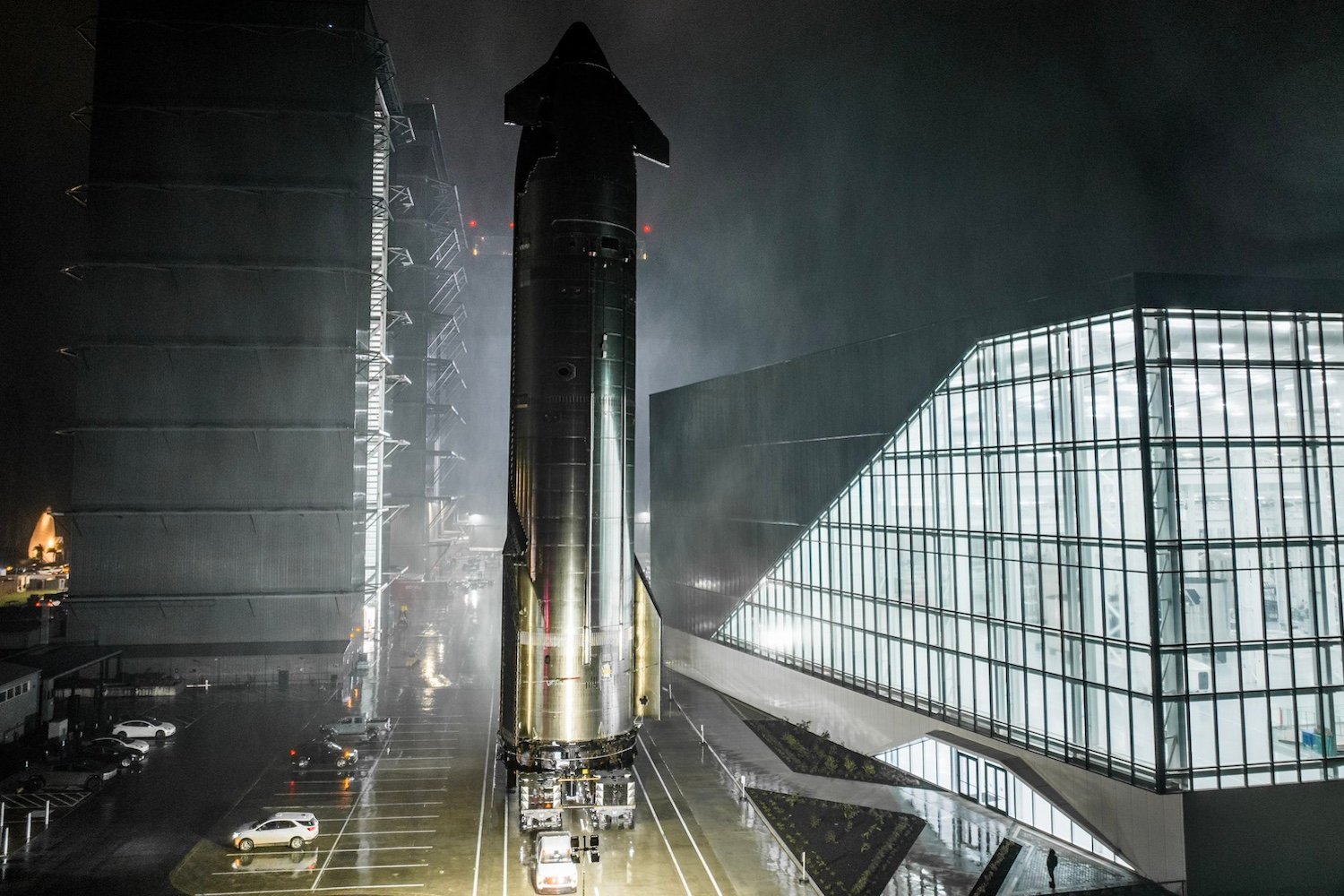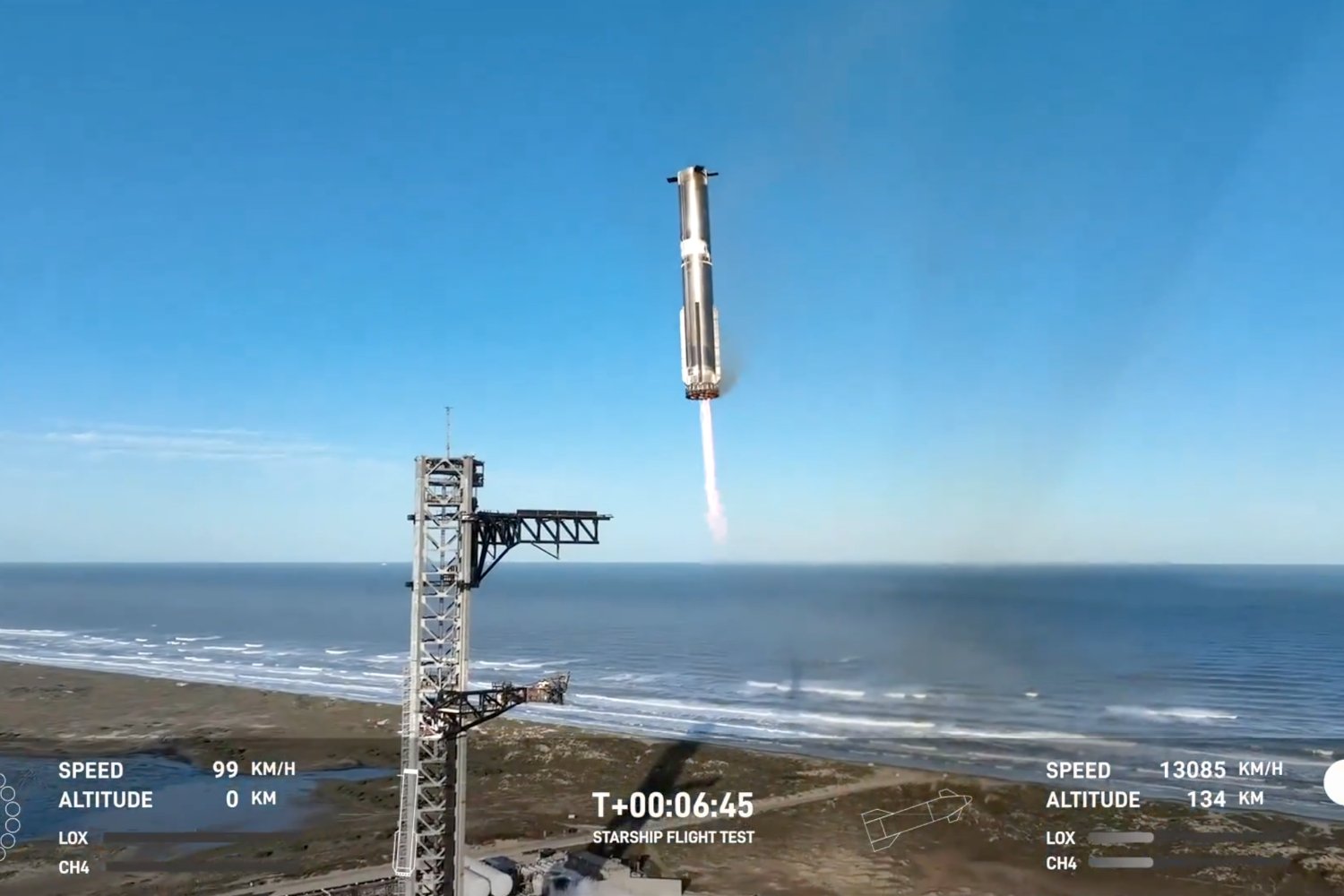SpaceX is preparing for a significant Starship launch, its seventh from the Texas Starbase. This mission aims to deploy Starlink simulators and test crucial hardware upgrades, marking a major step forward for the program. The launch is scheduled for Wednesday, January 15, within a 60-minute window opening at 5 p.m. ET. You can follow the launch live via SpaceX’s website or their X profile, as well as other third-party live feeds.
SpaceX has seen growing success with Starship after initial challenges. October 2024 witnessed a landmark fifth test flight featuring a mid-air catch of the 232-foot-tall (71-meter) Super Heavy booster by the Mechazilla tower. The sixth test flight on November 20, 2024, while foregoing the booster catch, performed nominally. The seventh launch aims for another successful booster catch.
This launch features a “new generation ship with significant upgrades,” according to a SpaceX statement. It will involve Starship’s first payload deployment test, deploying 10 Starlink simulators. These simulators mimic the size and weight of SpaceX’s next-gen satellites, but will reenter on a suborbital trajectory.
Among the upgrades is a smaller, higher-placed forward flap to minimize reentry heating. The propulsion system now holds 25% more fuel, complemented by improved avionics for enhanced valve control, sensor readings, and longer mission capabilities.
The heat shield boasts new tiles with a backup layer for redundancy against damage during reentry. A more powerful flight computer and integrated antennas combining Starlink, GNSS (Global Navigation Satellite System), and backup radio frequency functions are further enhancements.
Starship, a two-stage, reusable super heavy-lift launch vehicle, is designed for crew and cargo missions to orbit, the Moon, and potentially Mars. SpaceX aims for up to 25 Starship launches in 2025, advancing spaceflight but potentially increasing sonic boom impact near the launch site – estimated to be 10 times louder than a Falcon 9 launch.
In conclusion, this seventh Starship launch represents a significant leap forward. The deployment of Starlink simulators and numerous hardware upgrades promise crucial data for future missions, further solidifying Starship’s role in SpaceX’s ambitious space exploration plans. The successful execution of this mission will pave the way for more frequent and complex Starship flights in the coming years.











